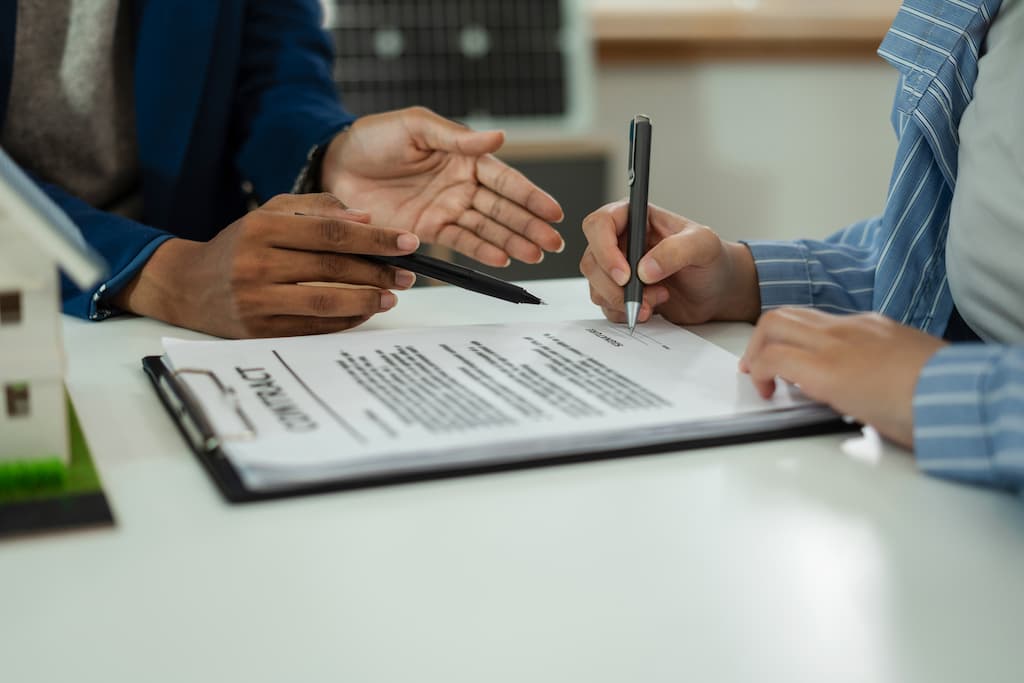A patent is a powerful legal tool which confers on its holder an exclusive right to exploit a technical invention. But it's not just a means of protection against competition: a patent can also be a source of economic value. One of the most effective ways of turning a patent into a lever for development is to license it to a third party. This enables the patent holder to authorize a company or individual to use his or her invention, in return for financial compensation.
What is a patent license ?
A patent license is a contract by which the patent owner (the licensor) authorizes a third party (the licensee) to exploit the patented invention under pre-defined conditions. Such exploitation may concern the manufacture, use, marketing or import of the protected product or process.
The license does not transfer ownership of the patent : the holder remains the full owner of his rights. However, it does grant a limited right of use, the scope of which may vary according to the terms of the contract. It's a flexible legal tool that companies use to make an invention profitable, penetrate new markets or forge industrial partnerships.
The different faces of the license
Not all licenses are alike. There are exclusive licenses, where only one licensee has the right to exploit the invention, and even the patent holder refrains from using it. Conversely, a non-exclusive license allows several entities to exploit the same invention, including the patent holder. It is also possible to limit the license to a given country, region or sector of activity. For example, a patent holder may grant a partner the right to exploit his invention in Europe for industrial use, while licensing it to another player for medical use in Asia.
This flexibility enables the license to be adapted to the company's strategy: it can be a tool for international growth, a means of generating recurring revenues, or even a support for technological cooperation.
How to set up a patent license ?
Before granting a license, it is essential to ensure that the patent is valid, in force and that the rights are held by the licensor. It is also possible to license a patent application that is under examination, but this presents more uncertainties.
Setting up a license first involves a negotiation phase, during which the parties determine the purpose of the license, its duration, its geographical scope, the financial conditions and the obligations of each party. These elements are then formalized in a written contract, which forms the legal basis of the relationship.
The contract must specify the patent references concerned, describe the rights granted, the duration of the license, the territories covered, and any restrictions on use. It must also set out the remuneration this may be a fixed amount, a percentage of the sales generated by the invention, or a guaranteed minimum.
At the same time, it is often useful to include clauses relating to confidentiality, the quality of the products manufactured, the obligation of effective exploitation, or the terms of early termination of the contract.
Why draw up a detailed contract ?
Because a poorly drafted license can lead to serious litigation. A clear contract avoids ambiguity about the scope of the rights granted. It also protects the licensee, who undertakes to invest in the technology with the guarantee of being able to exploit it. For the licensor, a well-crafted contract secures financial flows, avoids misuse and enables an effective response in the event of non-compliance with commitments.
It is strongly recommended to register the license with the INPI for a French patent, or with the EPO for a European patent. This formality, although optional, gives the license a stronger legal effect vis-à-vis third parties. In the event of assignment of the patent, for example, registration protects the licensee's rights.
Special precautions for condominiums
When a patent is owned by more than one person, we speak of co-ownership. In this case, the granting of a license requires the agreement of all co-owners, unless otherwise agreed. It is therefore strongly recommended that co-ownership be set out in a specific agreement, specifying the rules for management, decision-making and the sharing of income from exploitation.
Optimizing the value of innovation : keys to a successful license agreement
Licensing a patent is an effective way for a company to capitalize on its research and innovation. It makes it possible to profit from an invention without necessarily having to exploit it industrially or commercially. But this operation relies on a precise contractual balance, which requires particular care when setting it up.
To guarantee success, it is advisable to seek assistance in negotiating and drafting the contract. Properly managed, the license can become a real economic and strategic lever, serving the company's expansion and competitiveness.
